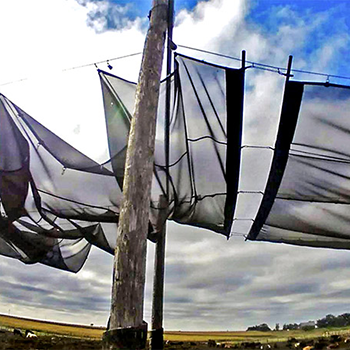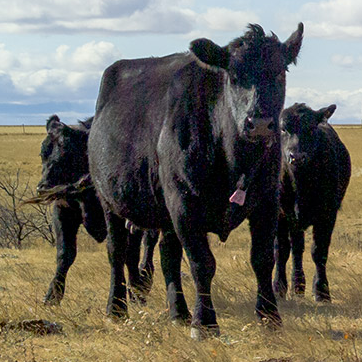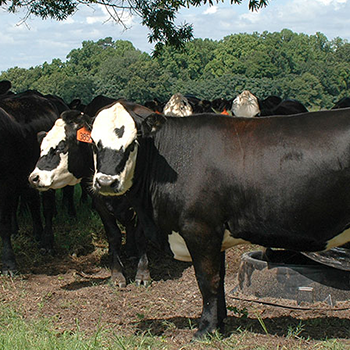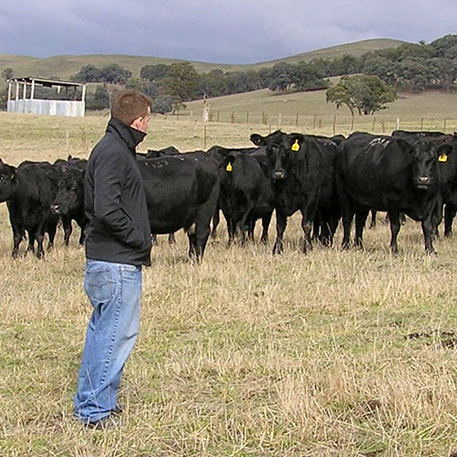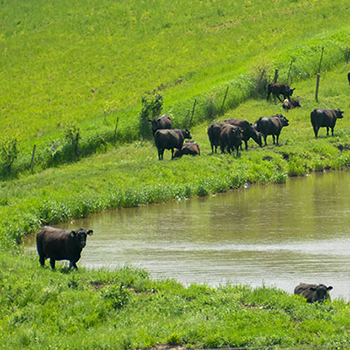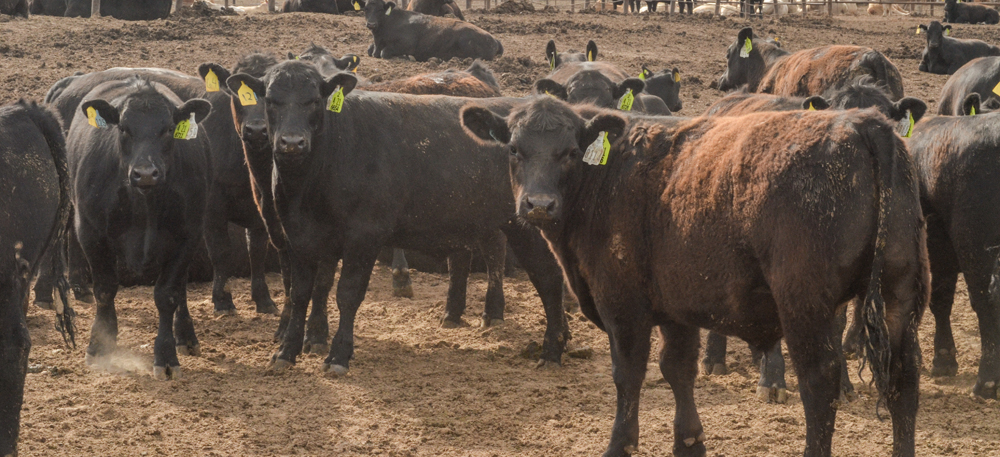
Cattle-on-feed Adjustments Continue
Adjustments show signs of stabilizing back toward normal trends.
The cattle-feeding part of the industry has been in the midst of dramatic adjustments during the last couple of months, just like the rest of the industry. USDA released its June Cattle on Feed report June 19. It showed some more adjustments, but this time toward normal.
After two months of 20% or more year-over-year declines in placements, May placements were down about 1.3% from the year before. May is typically a larger month for placements due to cattle coming off wheat pasture and other small winter grains. It’s worth remembering the USDA’s Cattle inventory report in January indicated 290,000 fewer cattle on small-grain pastures this year, compared to last year. Fewer wheat-pasture cattle likely contributed to the ability to adjust. Feeder-cattle sales did start to pick up as May went on as cattle previously held back had to move, some drought conditions likely moved some feeders, and some opportunities to favorable placement occurred.
Placement weights are also part of continued adjustments. Slightly more placements, 5,000 head, were reported in the lightest, less-than-600-pound (lb.), category. Placements were up 31% in Colorado, and were higher in every weight category. The increase in Kansas placements were in the more-than-700-lb. categories. USDA reported 10,000 fewer cattle were placed weighing more than 1,000 lb., but that category was 105,000 head.
Marketings reflected packing constraints and came in at 72.5% of a year ago. However, May had two fewer slaughter days in 2020 compared to 2019 (20 vs. 22). As May progressed packing constraints loosened and daily slaughter moved closer to year-ago speeds. June 2020 has 22 slaughter days compared to only 20 in June 2019, so the next report’s marketings will likely show the dual impact of improving slaughter speeds and 10% more work days in the month.
While the report indicated some getting back to normal, there remains a backlog of cattle due to the packing logjam. The calculated number of cattle on feed longer than 120 days is 5.1 million compared to 4.2 million a year ago. Most of that increase in more than 120 days on feed are cattle that have been on feed even longer, as evidenced by the number of cattle on feed more than 150 days. However, cattle on feed between 90 and 120 days totaled about 1.65 million vs. 1.79 million last year. So, there remains more adjustments to come to work through the effects of coronavirus in the cattle markets.
Editor’s note: David Anderson is a professor and Extension economist for Texas AgriLife Extension. Anderson is a regular contributor to the Livestock Marketing Information Center, which provided this article. For more information visit www.lmic.info. Photo by Kasey Brown.
